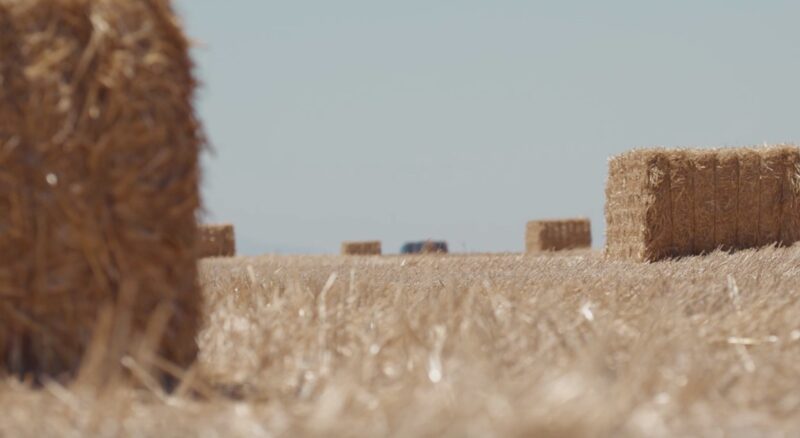As harvest season rolls around each year, many farmers face the same question – should I bale my hay into squares or rounds? Both have their merits, and it often comes down to individual ranch needs and preferences. This article will explain more about the differences and help you make the right decision.
An Overview
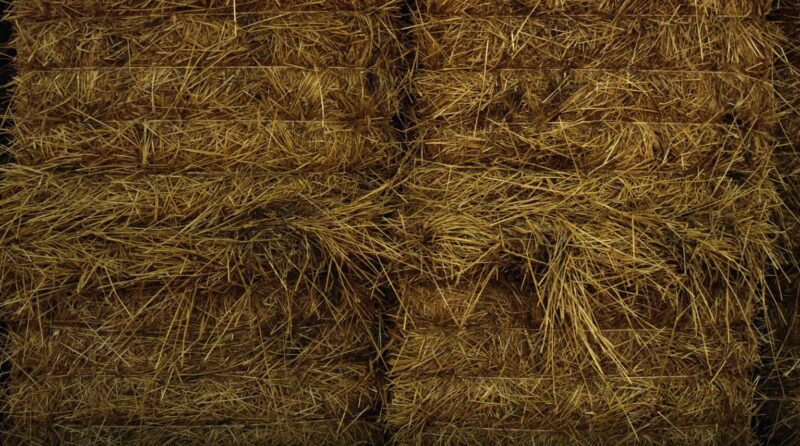
Baling hay preserves it for livestock feed during winter months. There are two main types of balers used – square and round.
- Square balers produce small, compact bales that are easy for one person to handle due to their lighter 40-60 lb weight. Their uniform shape allows for dense stacking.
- Round balers create larger cylindrical bales that can weigh up to 1000 lbs. They require heavy machinery for movement but are well-suited for feeding in herd settings.
The development of baling technology improved efficiency on farms. Early methods of loose hay stacking were labor-intensive. In the 1800s, mechanical balers were invented. This revolutionized hay preservation.
Round balers grew in popularity during the 1900s as a solution for larger cattle operations.
Square Hay Bales
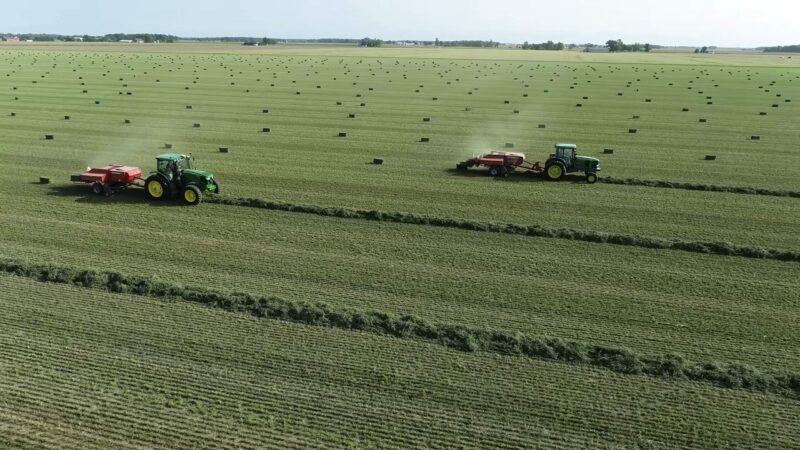
Characteristics and Advantages
Square hay bales are a standard size produced by most balers. Their dimensions result in benefits like easier handling and compact storage.
Weighing 40-60 pounds each, square bales can be lifted and moved by one person with less physical strain compared to heavier bales. Their regular shape allows them to be stacked in neat piles without gaps.
When placed edge to edge and tiered vertically, square bales utilize storage areas like lofts and sheds efficiently without taking up excess space. Their uniform size lets farmers maximize load capacity when transporting bales.
Usage and Suitability
The manageable size of square bales lends them to being well-managed on smaller farms. The low volume of hay needed is suitable for limited livestock or pasture areas.
Some ranching operations require individually portioned hay rather than communal feeding. The separable square bales can meet this need, as sections can be precisely weighed or counted for each animal as required.
Round Hay Bales
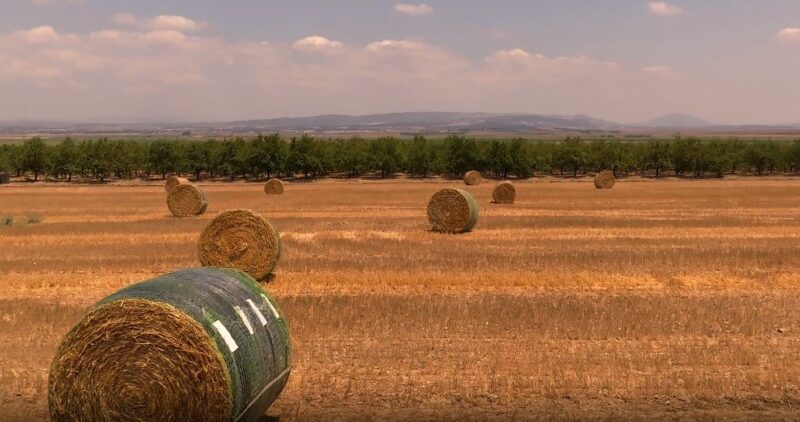
Characteristics and Advantages
Round hay bales are densely compacted by balers into large, cylindrical forms that measure several feet wide. Their sizable stature brings benefits for large-scale ranching needs.
Weighing 500 pounds or more each, round bales can sustainably feed numerous cows, sheep, or horses with a single daily feeding. Their circular design allows livestock to easily congregate and access feed from all angles.
Plastic wrapping protects round bales from absorbing moisture if stored outside through rain or melting snow. This preserving quality, combined with their difficulty of tipping over in the wind, makes outdoor placement a low-risk option ideal for vast pasture lands.
Usage and Suitability
The mass size of round bales is optimally employed on expansive farming operations maintaining huge herds of animals. The volumes of hay needed each season necessitate fast baling in great amounts.
Large cattle feedlots and dairy operations rely on round bales to provide an economical, low-effort feeding system for their sizeable livestock populations across wide ranges. One bale can sustain a pasture of cattle for multiple days.
Production Process
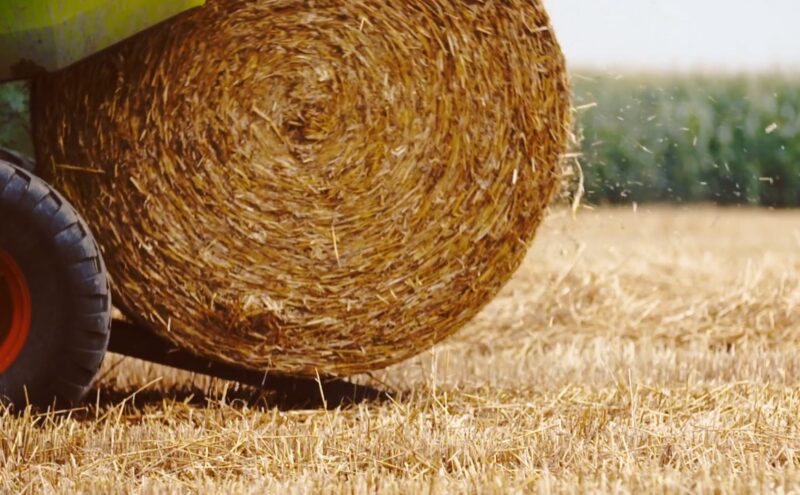
Square Bale Production
Several stages are involved in creating square hay bales. First, the hay is mown or swathed to begin drying. Rakes gather it into neat windrows to speed drying time. Square balers then collect, compact and form the dried hay into rectangular blocks at rates of 1-2 bales per minute.
Square balers are relatively lightweight machines towed by small tractors. Their design concentrates the hay into easily portable sizes suited for manual labor involvement like stacking. More human participation is generally included at this scale of operation.
Round Bale Production
Larger round balers follow a generally similar process but with variations to suit their end product. Where square balers may work alone, round balers demand the power of mid-size tractors to haul their scale.
After mowing and sun-drying, round balers steadily roll the cut forage into towering cylinders, often reaching 5 feet across and 1 ton in weight. Some are further enclosed with plastic or netting for protection from weather during outdoor storage.
Storage and Handling
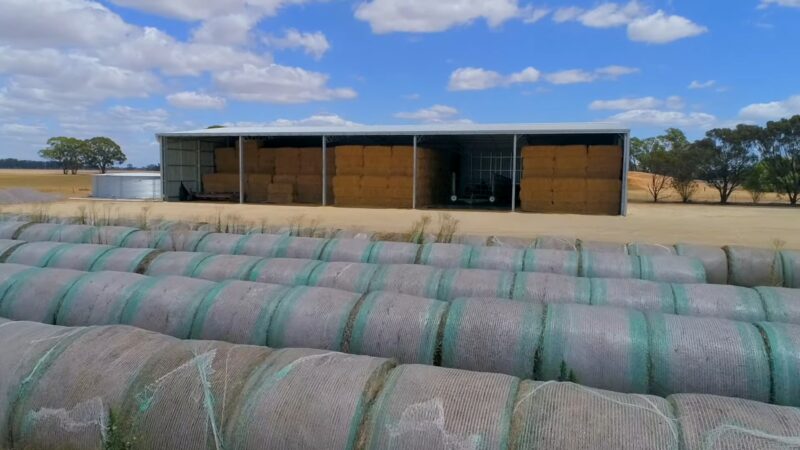
Storage of Square Bales
Once gathered from the fields, square bales can efficiently pack many farm structures with their uniform sizes. Multi-tiered walls and lofts readily accommodate stacks kept safely above ground. Vigilance against moisture infiltrating these porous bales means choosy placement in well-aired barns or sheds.
Handling Round Bales
At over 500 pounds each, round bales necessitate machinery for moves whether onto trucks or across pastures to feed cattle. Their durable wrapping withstands weather when necessarily stored outdoors near the animals.
Farmers mindfully lay down plastic or rooftops for bales on wetter sites to shield against mold infiltration endangering livestock health through winter. Whereas square bale absorption risks ruin from rain alone, rounds’ mass and cover offer more tolerance for nature’s fickle seasons if prudently situated.
Price Difference
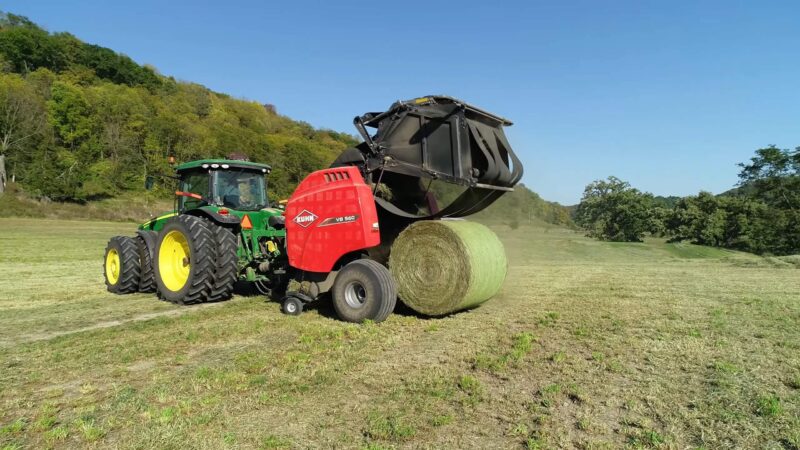
Square Bale Production Expenses
Those opting for compact cubes find balers fitted to their budgets where rounds require deeper pockets. Though small squares necessitate ample hands to lift and tilt just-so, such effort saves on baler pricing upfront. Costs then rise through winter’s grain as hired folk earn keeping stock fed indoors despite tight confines.
Round Bale Costs Calculated
Rounds reward those handling herds too towering for squares to sufficiently fill. Their girth demands costlier, stronger balers and tractors for the haul. Outdoor wraps preserve pricey bales from weather wear but add expense up high while plastic and rope wear away over the years.
Yet rounds speed feeding for one and save steps through mud season, costs regained by spring if wary of winter’s frosts.
Nutritional Differences
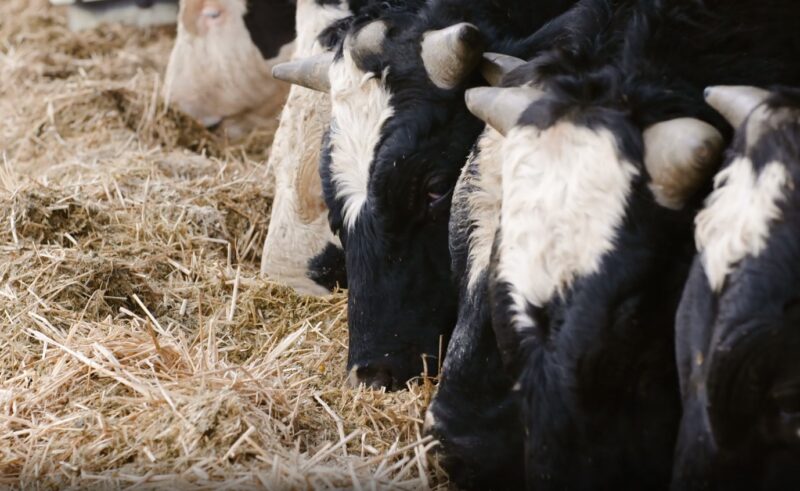
Square bales feed few or young stock best, their cubes let sun soak all dry as one to lock most nourishment within for mouths who’ll chew each morsel clean. Yet rains inflict their prize when creeping dampness invites mold’s feast to steal strength from stems and leaves.
For herds vast, rounded homes suit grasses tall. Though drying takes more care with winds not reaching the core, wrapped right they’ll save good for cows through winter’s roar. Pores sealed by plastic proof ‘against rain and snow let vitamins lie in wait for wanting maws below.
Be square or round, each holds gifts for those who’ll eat. With tending wise, both feed flocks just as needed for beasts that bleat.
Final Words
Farms with smaller herd sizes are often best suited to square bales which can be easily handled and stored in sufficient numbers. Their compact shape makes best use of limited space. Where land and animals are more abundant, larger round bales are better for the higher capacity required with ease of outdoor placement and feeding.

